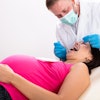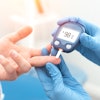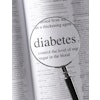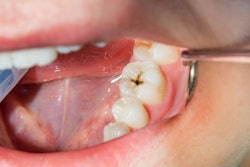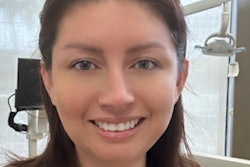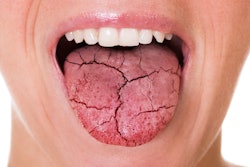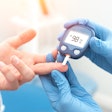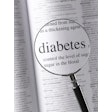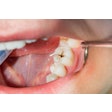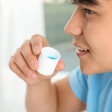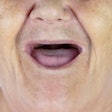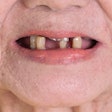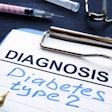
Patients with diabetes mellitus (DM) may be more likely to experience dry mouth and reduced saliva flow, according to a cross-sectional study recently published in the Journal of Oral Pathology and Medicine.
However, the link between diabetes, dry mouth, and low saliva flow may involve several other factors, such as having additional health conditions, the authors wrote.
"The possible association between DM, xerostomia, and/or hyposalivation is complex and may be influenced by multiple factors," wrote the authors, led by Isabel Sánchez Garrido of Complutense University in Spain (J Oral Pathol Med, September 29, 2024).
The study included 168 patients with diabetes with an average age of about 73. Participants visited two health centers in Spain. The research team collected data that included gender, type of diabetes, presence of other diseases, and the number and types of medications taken. Information related to diabetes control and epidemiological factors was also gathered. Patients completed the xerostomia inventory, and their unstimulated whole salivary (UWS) flow was measured.
The prevalence of xerostomia was 52.4% (95% confidence interval [CI], 59.8-44.8). Of the patients, 69 had reduced saliva flow, with a prevalence of UWS hyposalivation at 41.1% (95% CI, 48.6-33.8). UWS hyposalivation was significantly higher in women than in men (odds ratio [OR], 2.5; 95% CI, 1.32-4.73; p = 0.005), according to the results.
Patients with type 2 diabetes (T2DM) patients were less likely to have UWS hyposalivation compared to those with type 1 diabetes (T1DM) (OR, 0.28; 95% CI, 0.08-0.95; p = 0.04). Patients taking four to six medications (OR, 0.08; 95% CI, 0.02-0.32; p = 0.02) or seven to nine drugs (OR, 0.09; 95% CI, 0.2-0.41; p = 0.002), and those with vitamin D deficiency (OR, 0.08; 95% CI, 0.01-0.5; p = 0.007), were less likely to experience hyposalivation.
Additionally, poor glycemic control was not significantly linked to xerostomia or hyposalivation, and diabetes medications were not associated with these conditions. However, drugs for other conditions, like hypertension and neurological diseases, were linked to dry mouth and low saliva flow, according to the results.
The study, however, had limitations. The cross-sectional design limited the ability to determine a causal relationship between the variables and salivary disorders, the authors wrote.
"These findings highlight the critical need for oral medicine and geriatric specialists to develop personalized diagnostic algorithms and comprehensive management strategies for salivary disorders in the setting of DM," they concluded.

